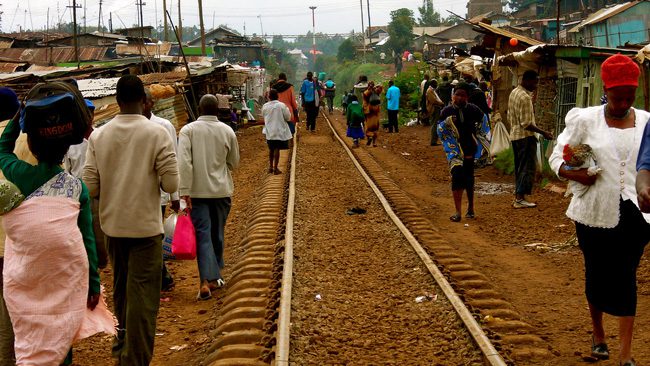Topic: Kenya
39 results
Jan 11, 2016
Lucy Kiama, Helping the Most Vulnerable Refugees in Kenya
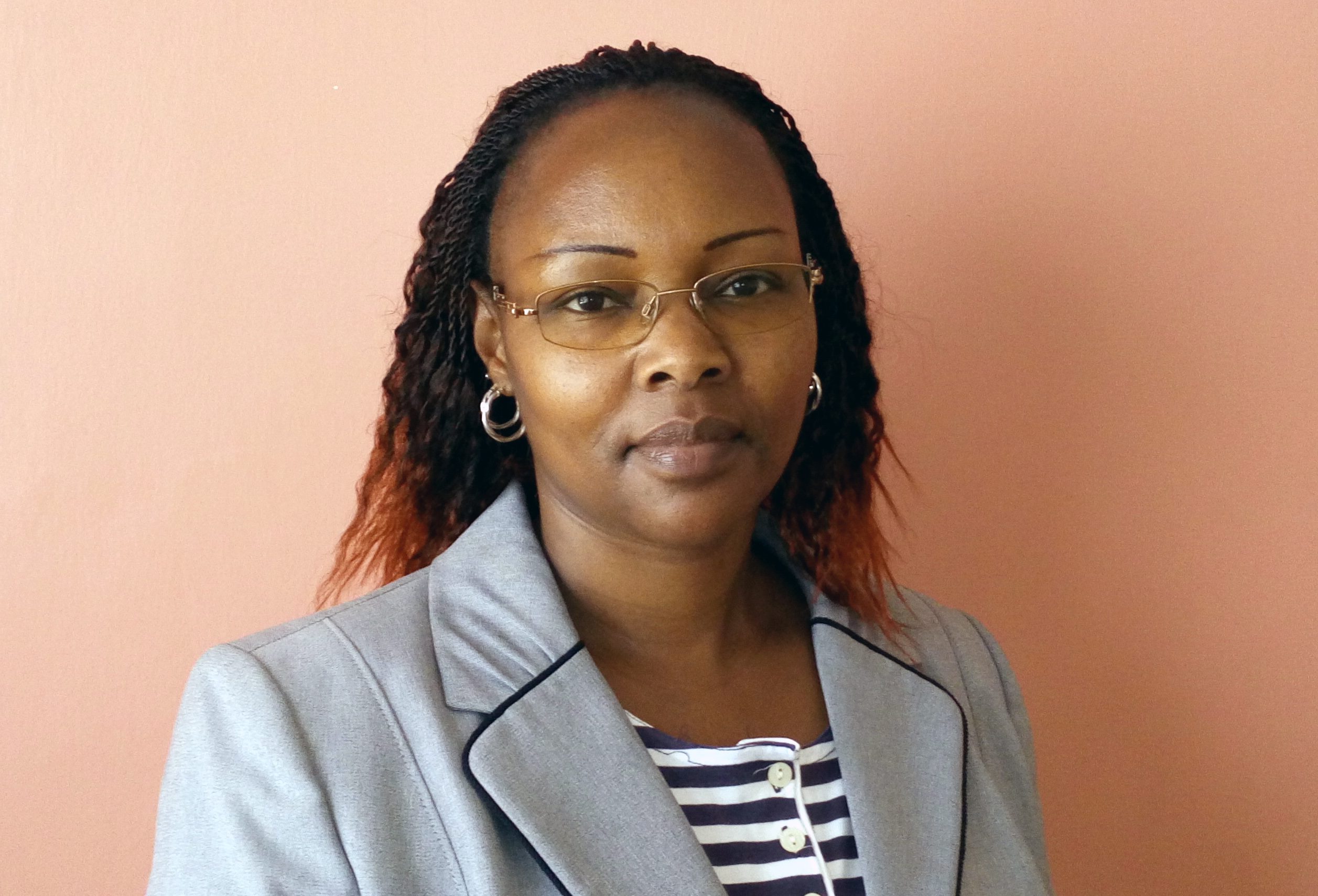
Oct 21, 2015
Video: Winnie Gacheru on HIAS’ Work in Kenya
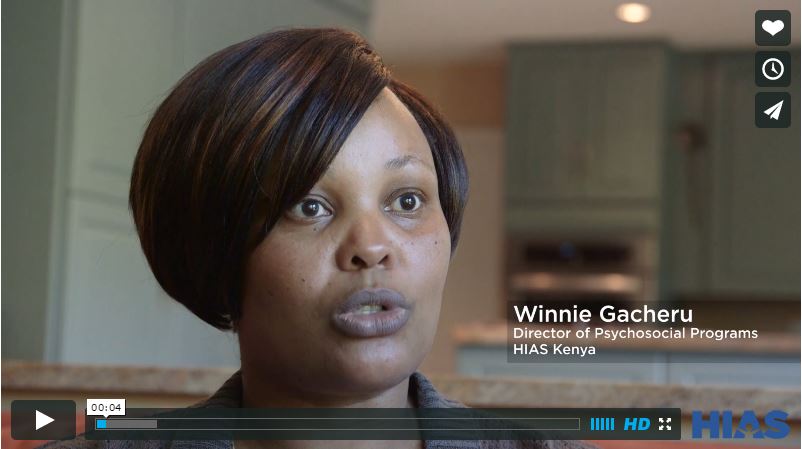
Oct 2, 2015
Offering Help, and Hope, to Trauma Survivors in Kenya
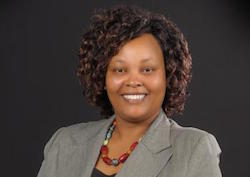
Aug 26, 2015
Situation Report: Burundi
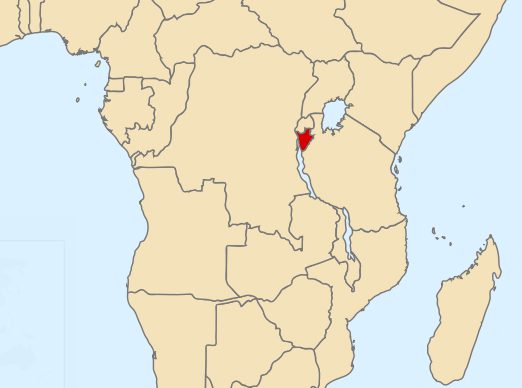
Mar 26, 2015
Safehouses Offer Protection to Refugees in Dire Jeopardy
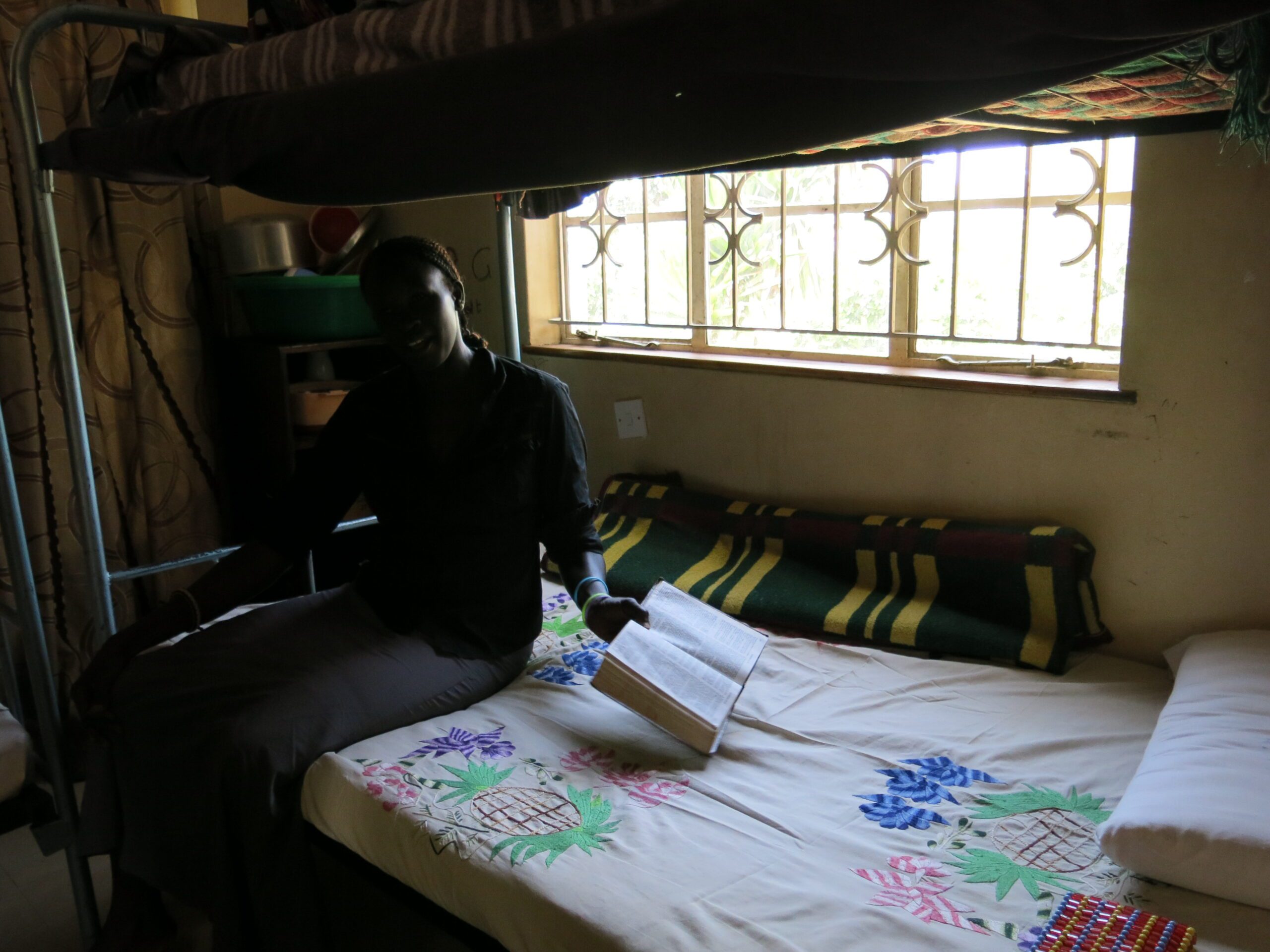
Jan 26, 2015
What Does Restoring Dignity Look Like?
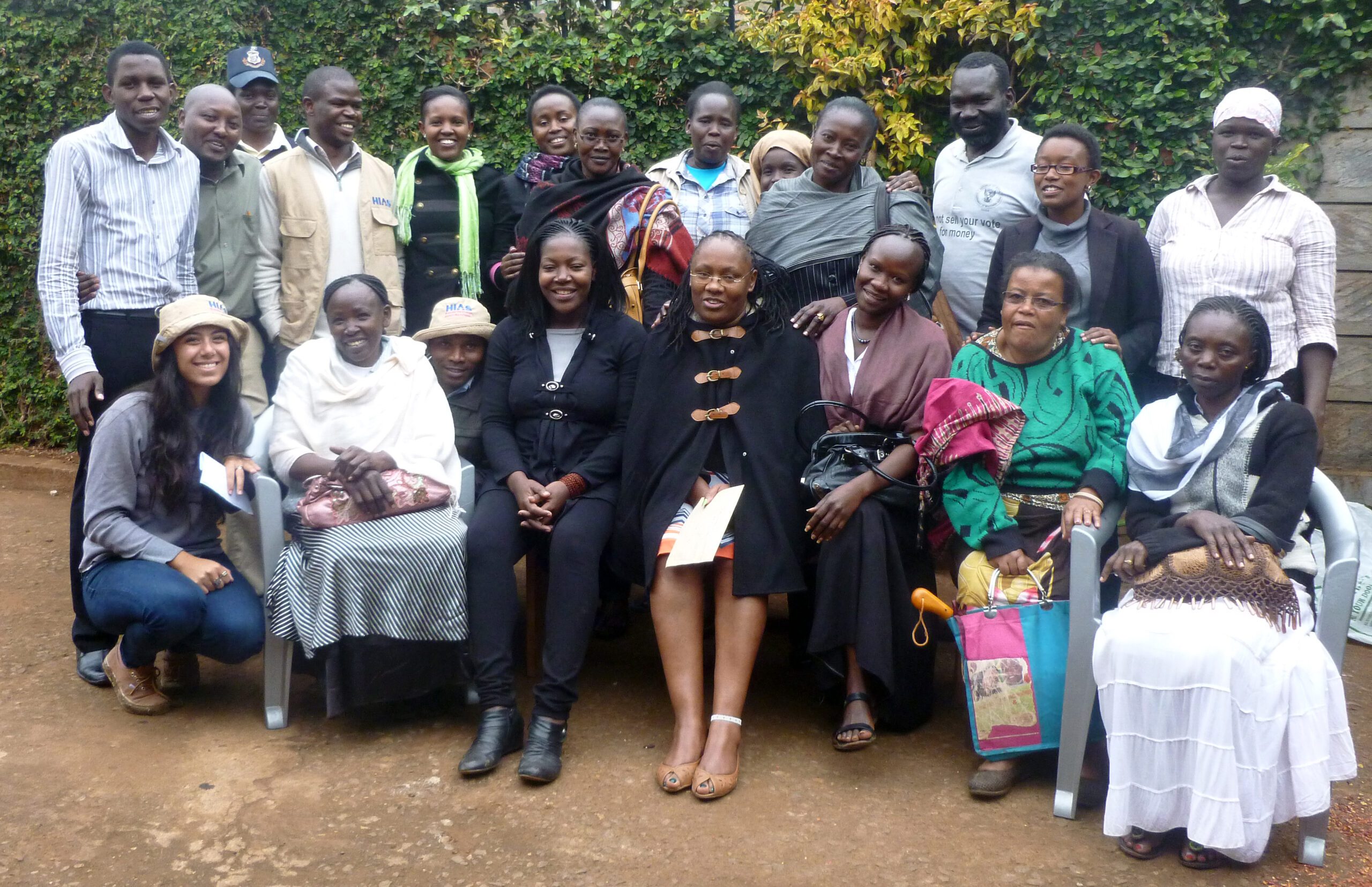
Dec 9, 2014
Protecting Refugee Survivors of Sexual and Gender-Based Violence
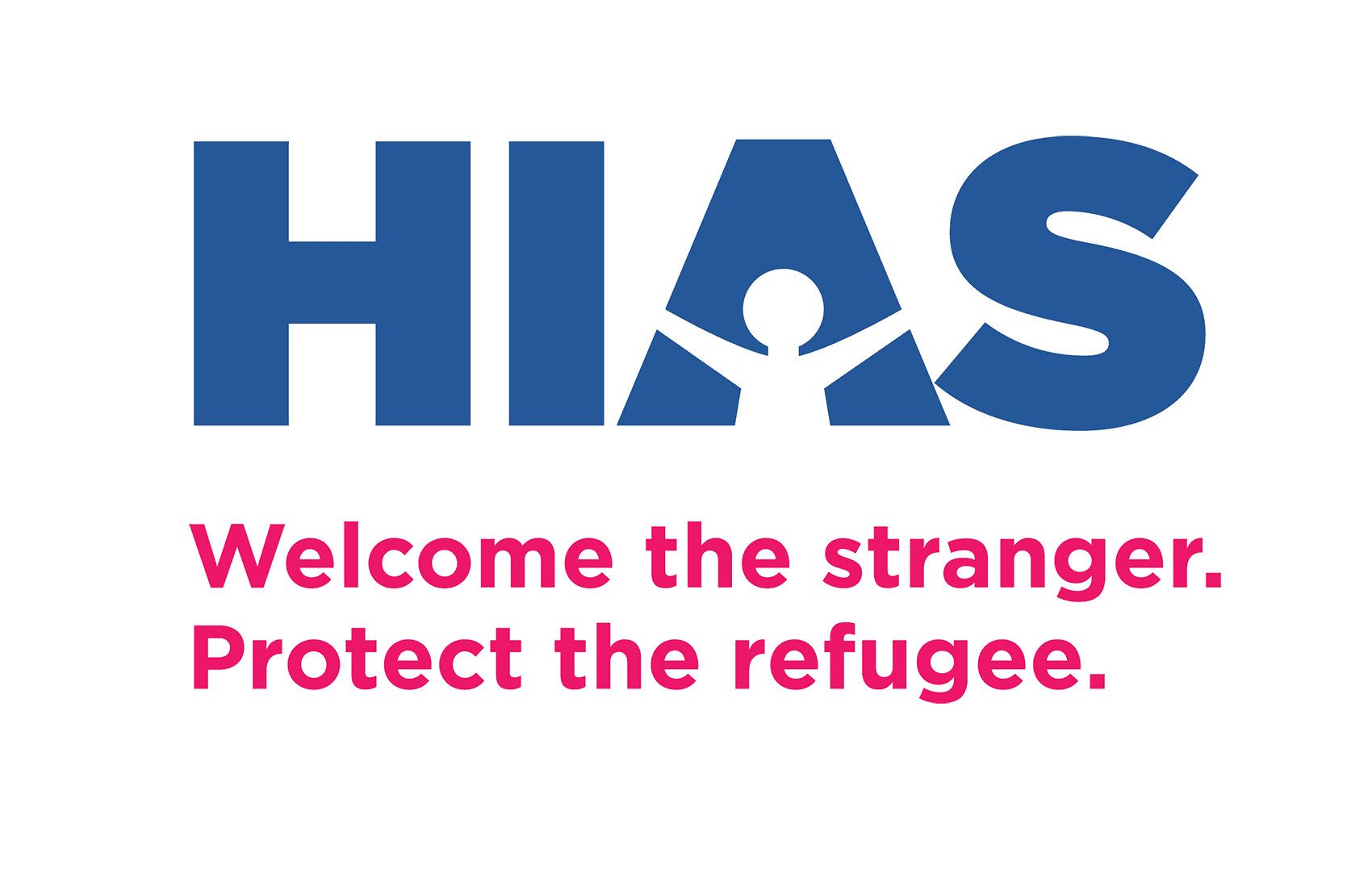
Nov 20, 2014
HIAS Joins African Campaign Against Gender-Based Violence
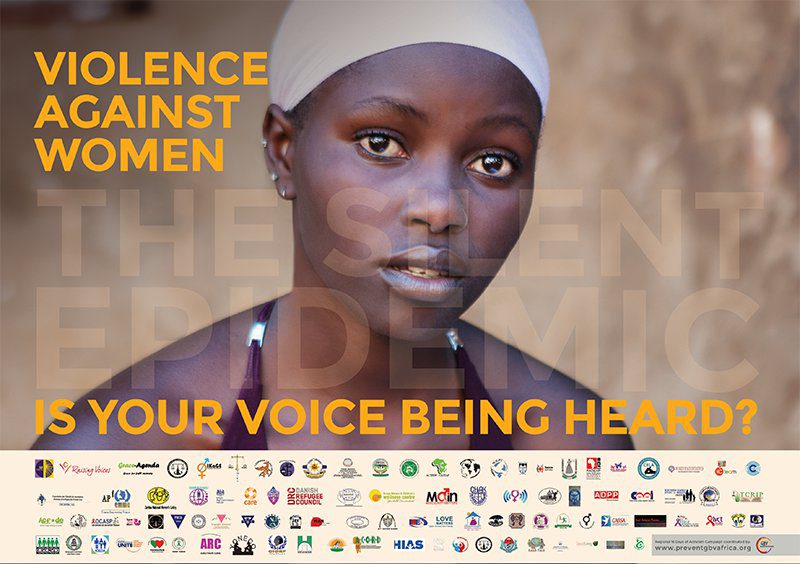
Aug 8, 2013
Kenya Court Vindicates the Rights and Dignity of Urban Refugees
